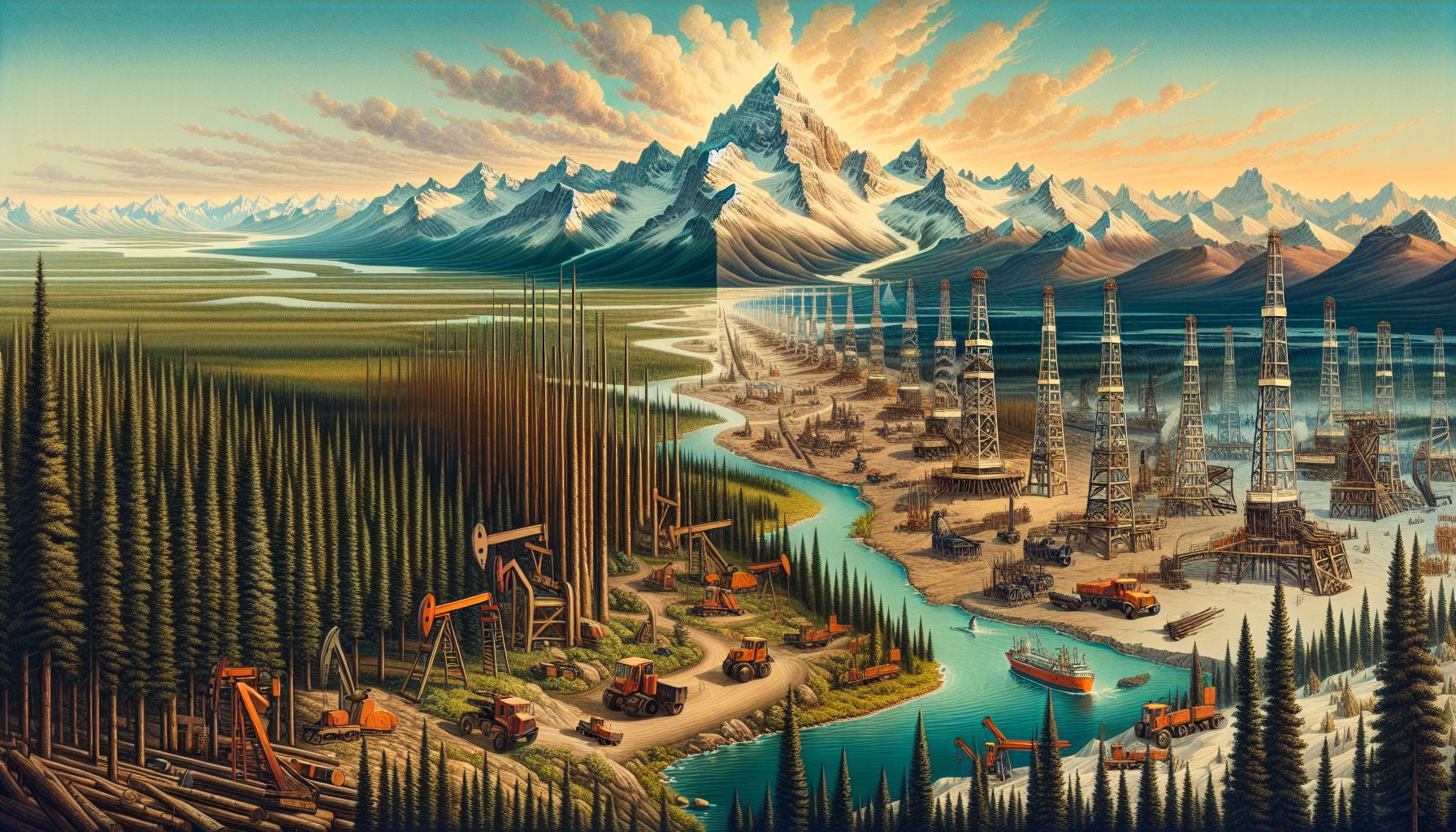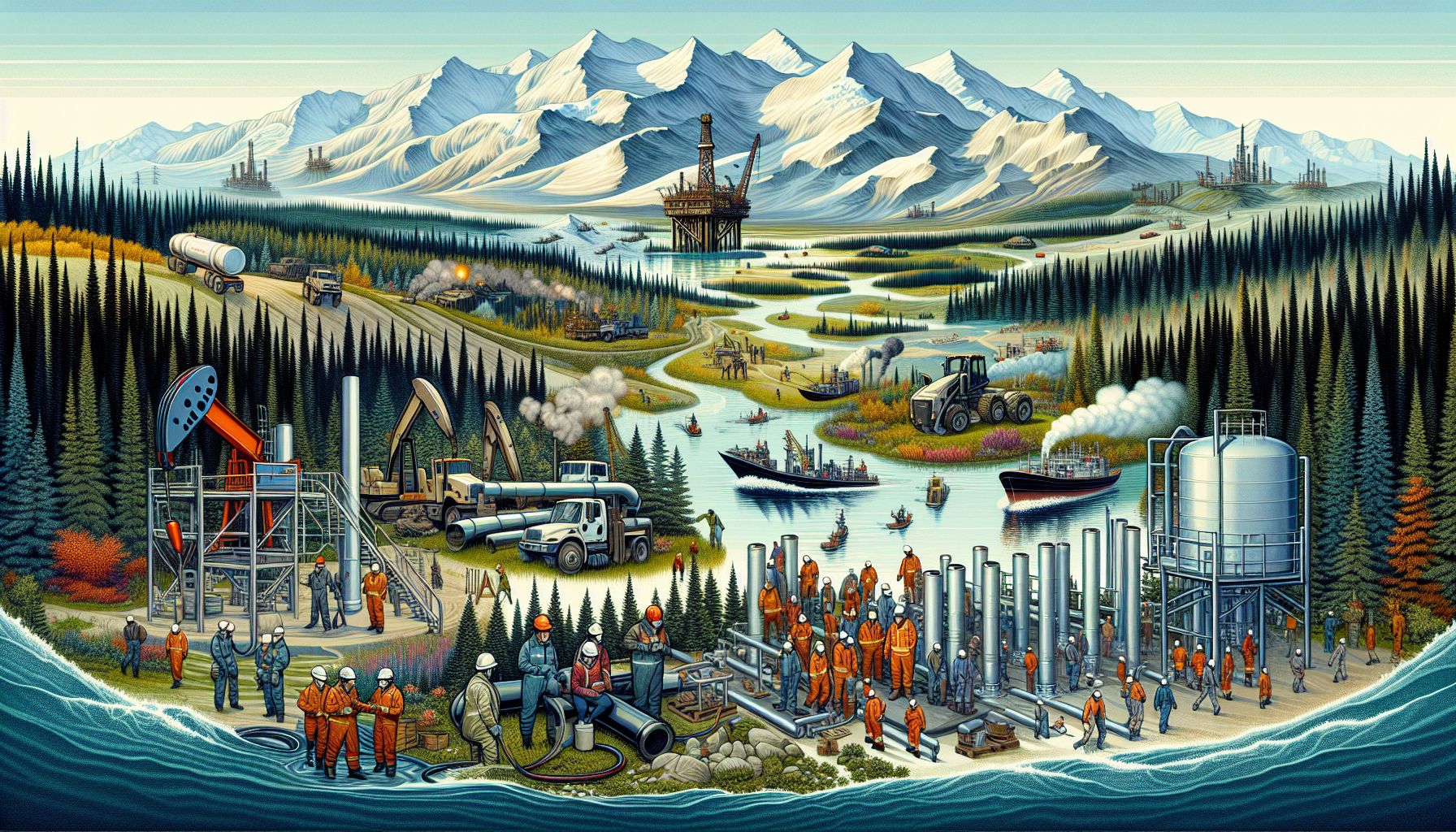The oil and gas industry in Canada has witnessed tremendous growth and transformation over the years. Known for its abundant natural resources and vast reserves, Canada stands as one of the world’s leading producers and exporters of oil and gas. However, with the increasing concerns over climate change and the shift towards renewable energy sources, the industry finds itself at a crossroads. In this blog post, we will delve into the perplexing nature of the oil and gas industry in Canada, exploring its nuances, challenges, and potential for a sustainable future.
Resource-rich Canada: A Dominant Force in Oil & Gas
Canada’s oil and gas sector has long been a significant driver of the nation’s economy. With vast reserves of crude oil, natural gas, and oil sands, the country’s energy resources have attracted global attention. Alberta’s oil sands, in particular, hold massive potential, making Canada the third-largest producer of oil globally.
The industry plays a vital role in providing energy to Canadians and fueling economic growth. It contributes significantly to government revenues, employment opportunities, and infrastructure development. However, it is not without its controversies and challenges.
Environmental Concerns and Sustainability
As concerns about climate change grow, the oil and gas industry faces mounting pressure to reduce its environmental impact and transition to cleaner alternatives. Extracting oil from the oil sands, for instance, is a complex process that requires substantial amounts of water and energy. Furthermore, the extraction process produces a higher carbon footprint compared to conventional oil production.
To address these concerns, the industry has made efforts to improve environmental practices and reduce emissions. Innovations such as carbon capture and storage technologies, along with investments in renewable energy, demonstrate a commitment to sustainability. However, debates around the industry’s carbon intensity persist, fueling public scrutiny and protests.
Economic Challenges and Indeterminate Future
The oil and gas industry in Canada has not been immune to economic challenges, further complicated by global price fluctuations and geopolitical dynamics. In recent years, the industry has faced lows due to plummeting oil prices, leading to job losses and stalled investments. The COVID-19 pandemic also presented unprecedented challenges, causing oil demand to plummet worldwide.
Moreover, the rise of renewable energy sources and the increasing global focus on reducing greenhouse gas emissions raises questions about the long-term viability of traditional fossil fuel industries. As the world transitions towards a low-carbon future, Canada’s oil and gas industry must adapt to survive. This necessitates diversification, innovation, and collaboration with other sectors to secure a place in the energy landscape.
A Glimmer of Hope: The Road to Sustainability
While challenges persist, opportunities for a sustainable future in the oil and gas industry also emerge. The adoption of cleaner technologies, such as methane reduction and carbon capture, showcases the industry’s resilience and commitment to reducing its environmental impact. In addition, harnessing renewable energy sources to power extraction processes can help lower emissions and increase the industry’s overall sustainability.
Canada’s geographical advantage, with access to major markets in North America and growing demand abroad, presents an opportunity to embrace the transition towards clean energy. By leveraging its expertise in oil and gas alongside investments in research and development, the industry can play a crucial role in developing and commercializing new technologies.
In Conclusion
The oil and gas industry in Canada faces a complex and uncertain future. It must navigate economic challenges, environmental concerns, and shifting global energy dynamics. However, by embracing sustainability, investing in innovation, and collaborating with the renewable energy sector, the industry can position itself as a driving force in Canada’s transition to a low-carbon economy.



